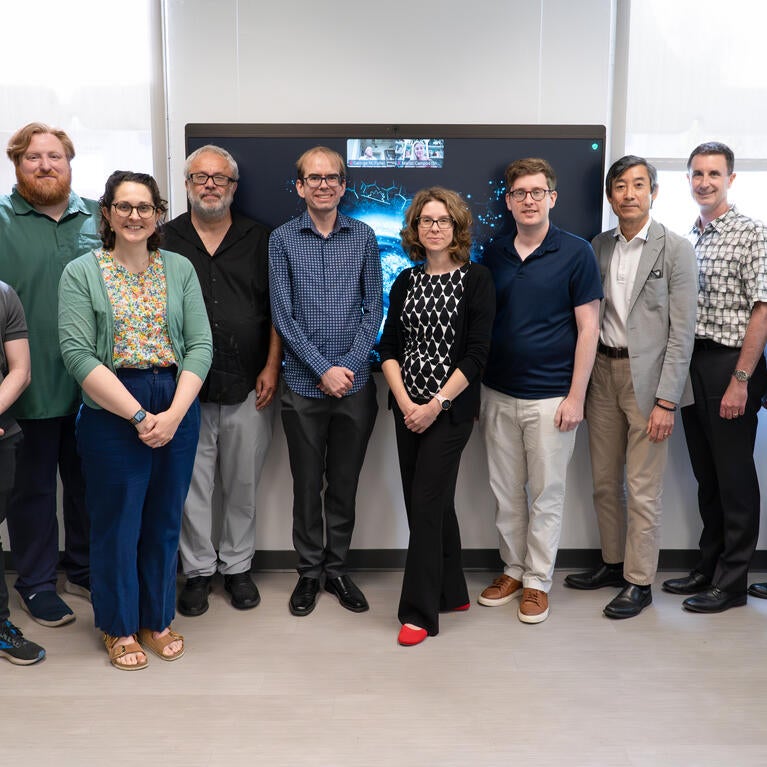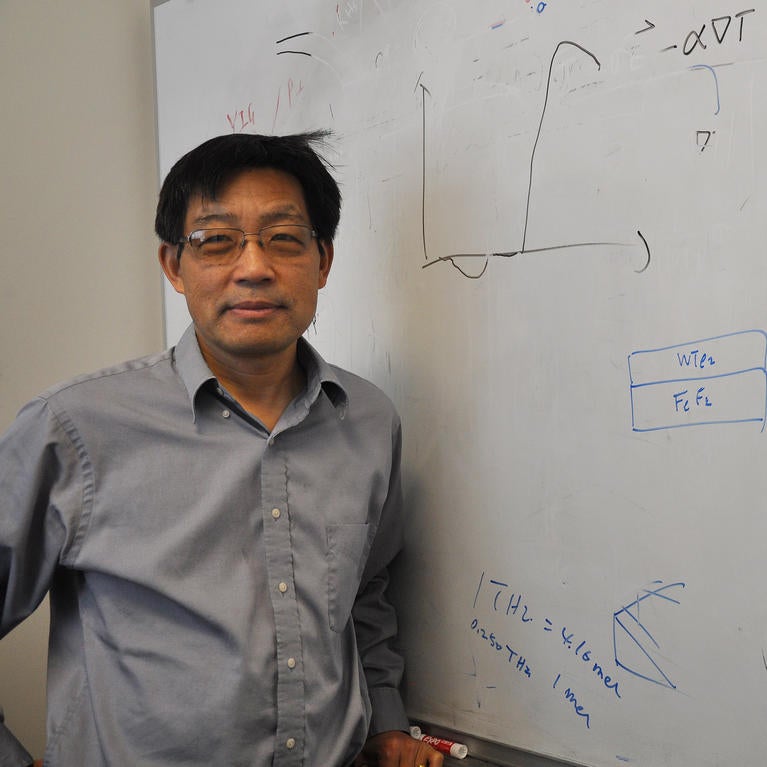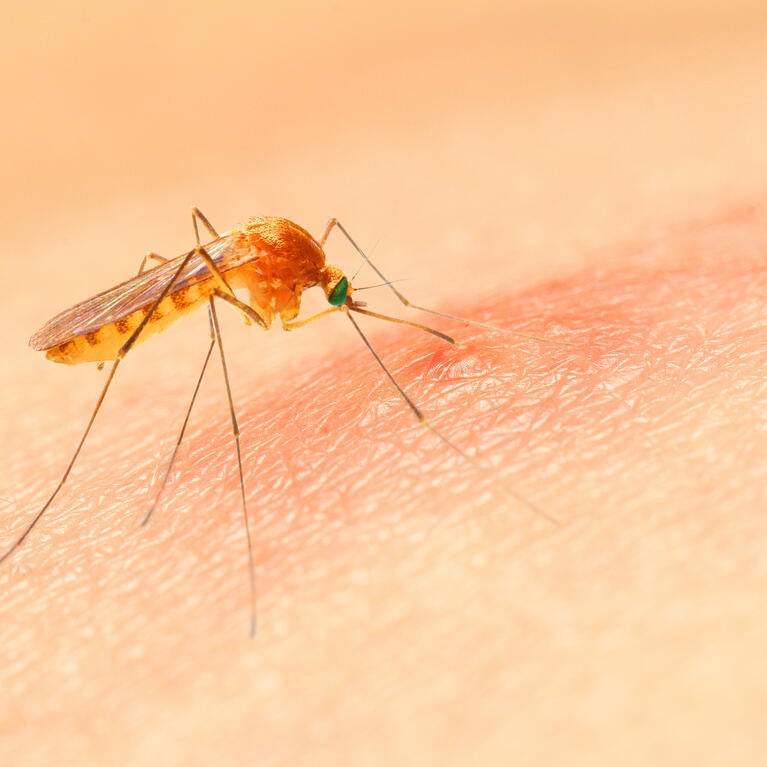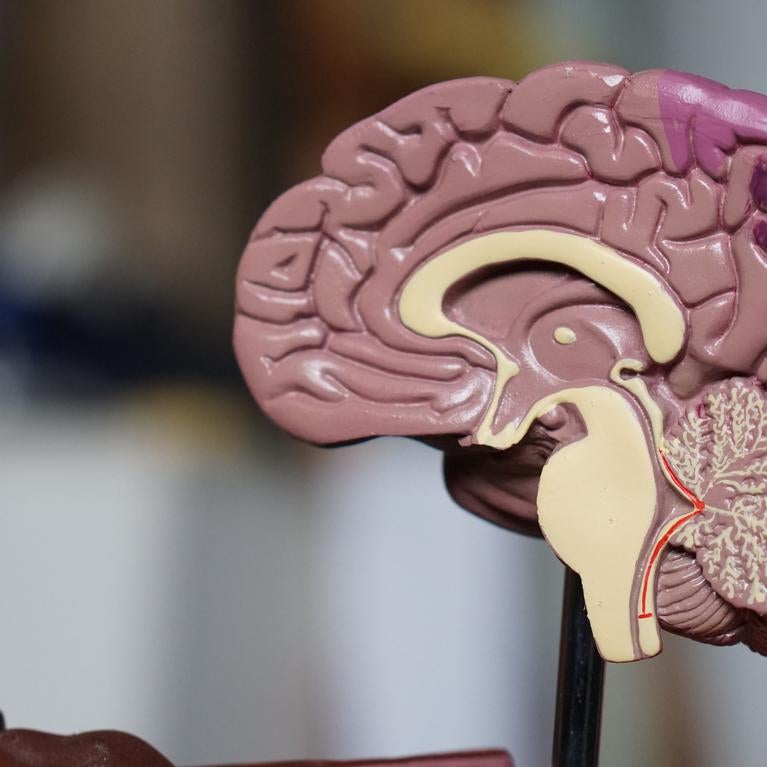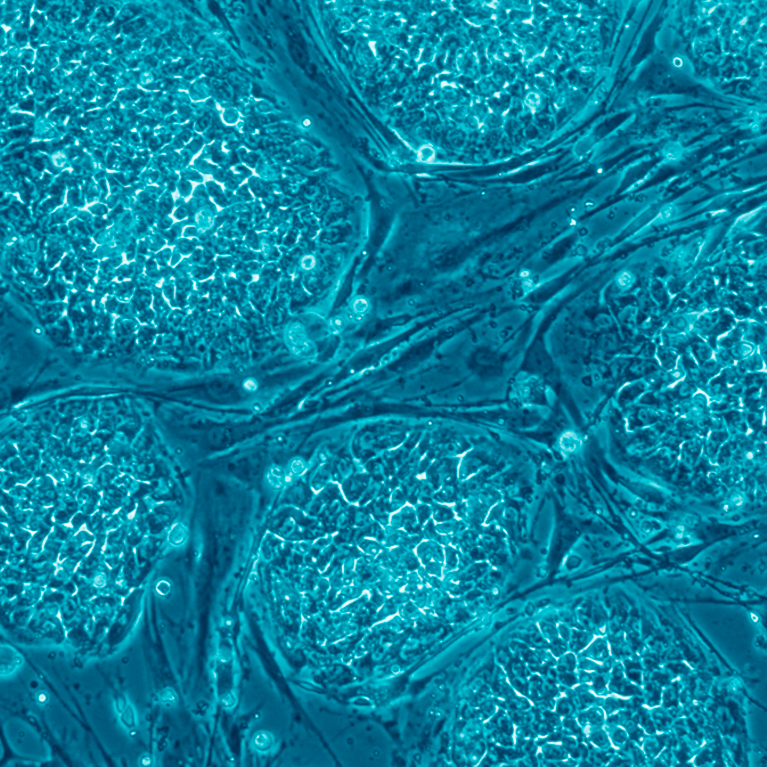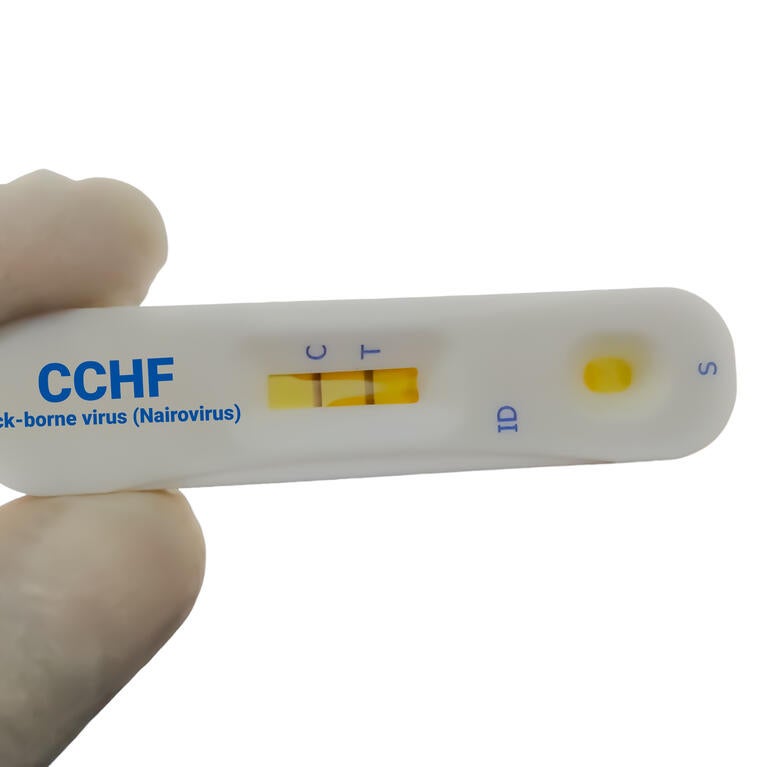
NIH grant supports research on dangerous emerging virus
International team to study immune defenses against Crimean-Congo hemorrhagic fever virus

UCR startup secures grant to advance cancer therapy
NIH award of $2.25M funds preclinical studies that will advance Targefrin toward clinical trials for pancreatic cancer

UCR medical school develops new curriculum to address substance use crisis
Nearly 6,000 opioid-related overdose deaths occurred in California in 2021, many due to fentanyl, a synthetic opioid. To address the crisis, a team of researchers in the School of Medicine, or SOM, at the University of California, Riverside, plans to develop and implement a curriculum that offers education on substance...

How does traumatic brain injury progress to Alzheimer’s disease?
An NIH grant to UC Riverside and Indiana University will explore the question

NIH grant supports new research on neurodevelopmental disorders
Project will focus on understanding mechanisms of hyperexcitability and seizures

Could exposure to chemicals in plastics predispose you and your children to cardiovascular disease?
Exposure to environmental chemicals, including those in common plastic products, has been linked with an increased risk of cardiovascular disease, or CVD, the leading cause of death worldwide. According to the World Health Organization, 17.9 million people died from CVDs in 2019. Changcheng Zhou, a professor of biomedical sciences in...
UCR, Inland Empire receive $18 million grant
UC Riverside and the Inland Empire have received $18 million from a statewide investment of $250 million that will establish K-16 Education Collaboratives to address equity gaps and improve education-to-career pipelines in each region of the state. The Inland Empire award was announced Aug. 25 by California Gov. Gavin Newsom...
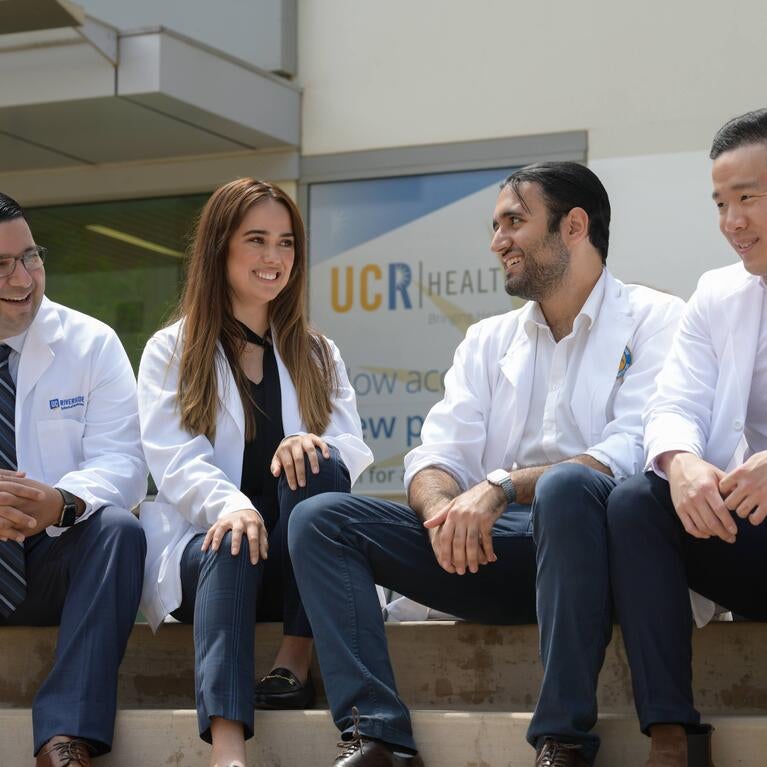
New pathway facilitates community college students joining UC Riverside medical school
The School of Medicine at the University of California, Riverside, has received a grant of $1.87 million to establish the Inland Empire Regional Hub for Healthcare Opportunity, or IE RHHO, which will create a pre-med pathway for local community college students. The four-year grant funding is provided by the California...

